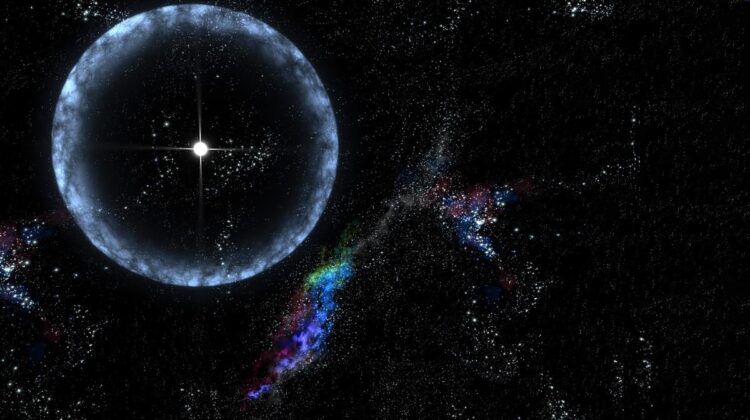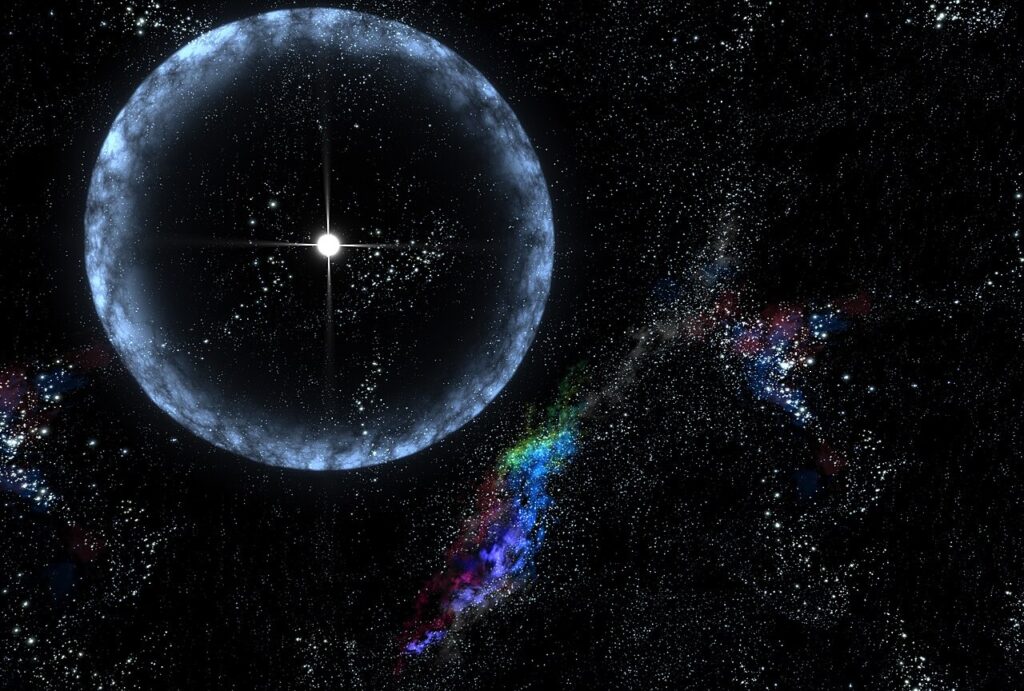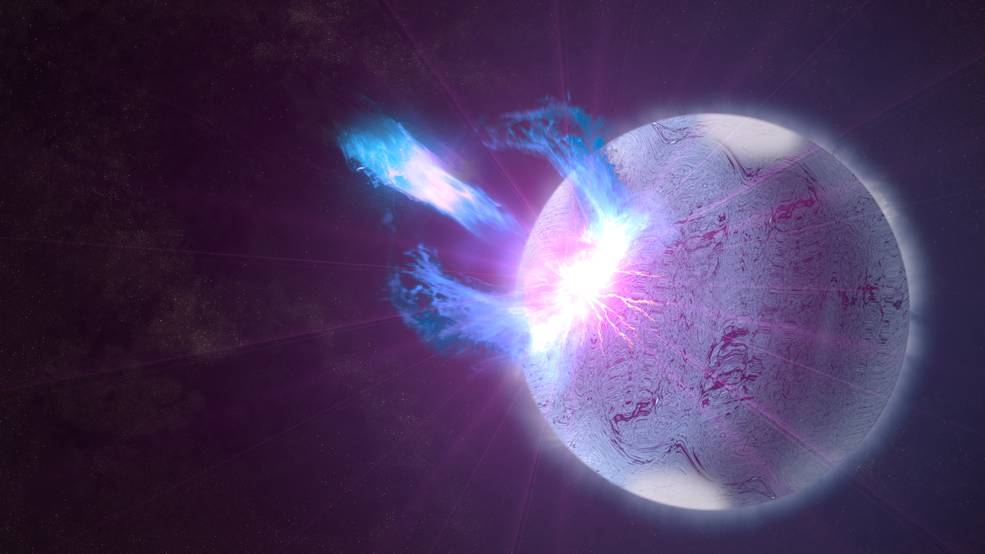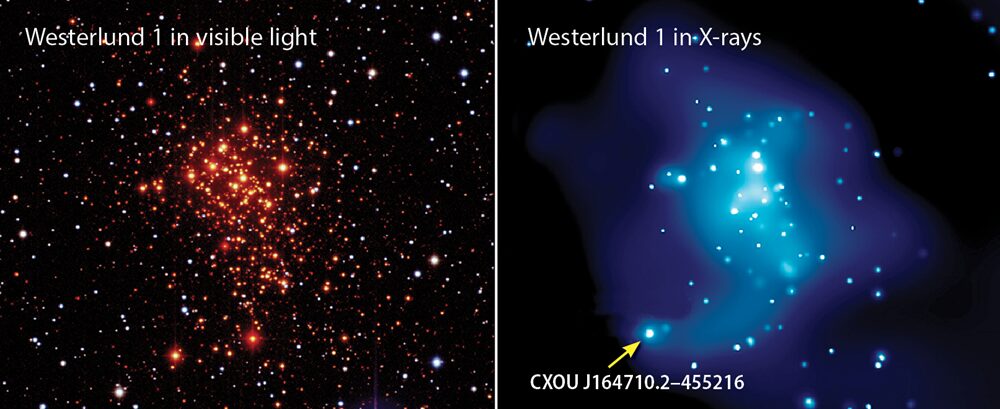
In 2004, astronomers witnessed a cosmic event of unparalleled ferocity: a starquake. This cataclysmic upheaval occurred on the surface of a neutron star named SGR 1806-20, located a staggering 50,000 light-years away.

The sheer power of this starquake is almost incomprehensible. In a fraction of a second, it unleashed energy equivalent to what our Sun radiates over 150,000 years. The resulting burst of gamma rays was so intense that it briefly outshone every other object in the observable universe.

Had this cosmic monster been situated within a mere 10 light-years of Earth, the consequences would have been catastrophic. The gamma rays would have annihilated our planet’s ozone layer, leaving life exposed to the full brunt of the Sun’s deadly ultraviolet radiation. A mass extinction event, on a scale far surpassing anything in Earth’s history, would have been the inevitable outcome.

Fortunately, we were spared. The radiation from this colossal explosion took 42,000 years to reach us, arriving on December 27, 2004. By that time, the threat had passed, and we were left to marvel at the sheer power of the cosmos and our own incredible luck.

[Image: artist’s impression of the surrounding cloud bubble]

Leave a Reply